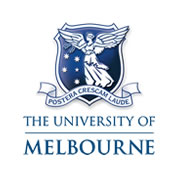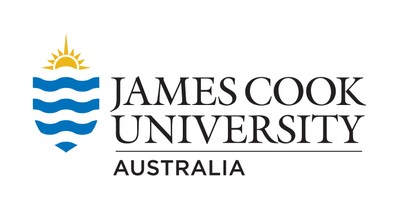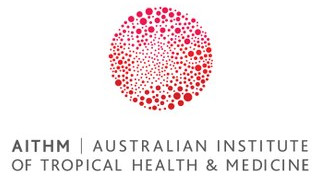The aims of AuTuMN
The main objective of AuTuMN is to help to achieve better TB control in regions where TB remains highly or moderately endemic, using TB modelling. Even though TB-incidence is on the decline at the global level, TB is still a major public health problem in many countries around the world, killing around 1.5 million people annually. Furthermore, new strains of TB presenting high levels of resistance to drugs have recently emerged, making the control of the epidemic even more complicated.
However, funding of TB-control programs remains limited, especially in developing countries which are more likely to be struck by TB. Consequently, there is a need to do more with a same amount of money.
Using mathematical modelling, AuTuMN provides the opportunity to better use the available funds in order to maximize the impact of TB control interventions. Accordingly, it is an important tool that helps policy makers and National TB Programs to design tailored strategic plans that are effective in reducing TB burden.
See a few examples of applications of the AuTuMN model in the Projects section
The AuTuMN group
While its headquarters are based at the Australian Institute of Tropical Health & Medicine at James Cook University, the AuTuMN group also includes researchers with expertise in TB modelling from other Australian academic institutions such as University of Melbourne, Monash University or Burnet Institute.
See more details about Our Team.

The AuTuMN model
The model was designed with the aim of replicating accurately the transmission dynamics observed empirically in TB endemic settings. AuTuMN’s flexible platform allows the addition of the full range of known and future TB control interventions (DOTs, diagnostic improvement, programmatic management of MDR-TB, active case finding, preventive therapy, short-course therapy, laboratory strengthening, …). The model was built from a simpler version that was designed by James Trauer and published in the Journal of Theoretical Biology in 2014 (read this article).
The AuTuMN transmission dynamic model is combined with an economic framework that incorporates the detailed costs of the different interventions calculated locally. This approach generates outputs that relate to both the epidemiological situation and the financial perspective. Our model is used to forecast costs and outcomes of different TB control strategies, including identifying the best combination of strategies for a given country.






